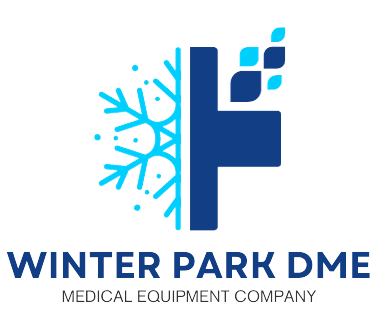Orthoses
Off the Shelf
Orthoses, commonly referred to as orthotic devices, are specialized supports or braces designed to alleviate discomfort, enhance mobility, and improve the overall quality of life for individuals with various musculoskeletal conditions. While custom-made orthoses provide tailored solutions, off-the-shelf orthoses offer a practical and cost-effective alternative that can bring significant relief. In this article, we will explore the world of off-the-shelf orthotic devices, their benefits, types and how they can contribute to better health and well-being.
Understanding Orthoses
Orthoses are external devices designed to support, align, or correct musculoskeletal structures, such as bones, joints, muscles, and tendons. They are widely used to address a range of conditions, including:
Foot and Ankle Issues: Plantar fasciitis, Achilles tendonitis, flat feet and bunions.
Knee Problems: Osteoarthritis, ligament injuries and patellofemoral pain syndrome.
Back and Spine Conditions: Scoliosis, spinal stenosis and herniated discs.
Wrist and Hand Disorders: Carpal tunnel syndrome, arthritis and tendonitis.
While custom-made orthoses are tailored to an individual’s unique needs, off-the-shelf orthotic devices are pre-fabricated and available without the need for a custom fitting.
Benefits of Off-the-Shelf Orthoses
Off-the-shelf orthoses offer several advantages that make them a popular choice among individuals seeking comfort and support:
Affordability: Off-the-shelf orthoses are generally more budget-friendly than custom-made alternatives, making them accessible to a broader range of people.
Immediate Availability: These devices can be purchased and used right away, eliminating the wait time associated with custom orthoses.
Convenience: Off-the-shelf orthoses are available at retail stores, pharmacies and online, providing convenience and ease of access.
Trial and Error: Since they are readily available, individuals can experiment with different off-the-shelf options to find the one that suits their needs best.
Types of Off-the-Shelf Orthoses
Off-the-shelf orthotic devices are available in various forms, catering to specific conditions and body areas:
Insoles (Foot Orthotics): These provide arch support and cushioning to alleviate discomfort associated with flat feet, plantar fasciitis and other foot conditions.
Knee Braces: Off-the-shelf knee braces are designed to stabilize and protect the knee joint, providing relief from conditions like osteoarthritis, ligament injuries and patellofemoral pain syndrome.
Back Supports (Lumbosacral Orthoses): These belts or braces support the lower back and can assist individuals with lower back pain, spinal stenosis and other lumbar issues.
Wrist Splints: Used to immobilize and support the wrist, these orthoses are helpful for conditions like carpal tunnel syndrome and wrist tendonitis.
Ankle Braces: Off-the-shelf ankle braces provide stability and support for individuals with ankle sprains, instability or chronic conditions.
Choosing the Right Off-the-Shelf Orthosis
Selecting the appropriate off-the-shelf orthosis is crucial for achieving the desired benefits:
Consult a Healthcare Professional: Seek advice from a healthcare provider or physical therapist to determine the most suitable off-the-shelf orthotic device for your condition.
Size and Fit: Ensure that the orthosis fits comfortably and securely, providing the necessary support without causing discomfort or restricting movement.
Condition Specific: Look for orthoses specifically designed to address your condition or area of concern.
Quality and Materials: Choose products made from durable and breathable materials to ensure longevity and comfort.
Conclusion
Off-the-shelf orthotic devices are valuable tools that offer accessible solutions for a wide range of musculoskeletal conditions. While custom orthoses have their place in healthcare, off-the-shelf options provide immediate relief, affordability and convenience. Whether you’re dealing with foot, knee, back or hand issues, off-the-shelf orthoses can help improve your comfort, mobility and overall quality of life. Remember to consult with a healthcare professional for guidance in selecting the right off-the-shelf orthotic device to meet your specific needs.

